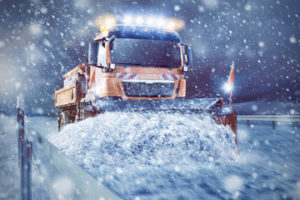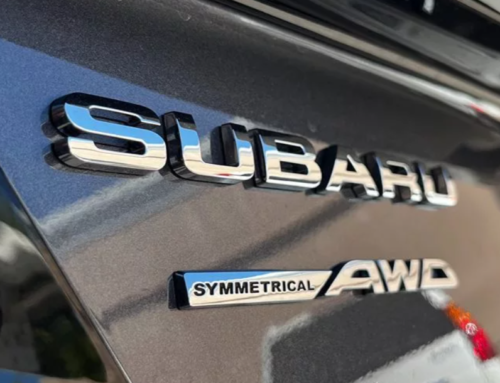Skip to content
Winter Driving Tips

Whether you live in the Sunshine State or elsewhere, you could be one of the thousands of people that travel for the holidays. Are you prepared if you come across some snow? Here are some tips to make sure that you are!
-
Stay home. First, do not travel if there will be really bad weather. The people you are going to see will want to see you, late or not. Don’t risk it. Even if you can drive well in bad weather, it’s better to avoid taking unnecessary risks by venturing out.
-
Drive slowly. Always adjust your speed down to account for lower traction when driving on snow or ice.
-
Check the weather before heading out. There are plenty of options for out on the road these days with weather apps or even map services that show road conditions. Look into these before your trip.
-
Accelerate and decelerate slowly. Apply the gas slowly to regain traction and avoid skids. Don’t try to get moving in a hurry and take time to slow down for a stoplight. Remember: It takes longer to slow down on icy roads.
-
Increase your following distance to five to six seconds. This increased margin of safety will provide the longer distance needed if you have to stop.
-
Know your brakes. Whether you have antilock brakes or not, keep the heel of your foot on the floor and use the ball of your foot to apply firm, steady pressure on the brake pedal.
-
Don’t stop if you can avoid it. There’s a big difference in the amount of inertia it takes to start moving from a full stop versus how much it takes to get moving while still rolling. If you can slow down enough to keep rolling until a traffic light changes, do it.
-
Don’t power up hills. Applying extra gas on snow-covered roads will just make your wheels spin. Try to get a little inertia going before you reach the hill and let that inertia carry you to the top. As you reach the crest of the hill, reduce your speed and proceed downhill slowly.
-
Don’t stop going up a hill. There’s nothing worse than trying to get moving up a hill on an icy road. Get some inertia going on a flat roadway before you take on the hill.

-
Watch for accidents and safety crews. This goes for snowplow trucks as well. Be sure to stay back far enough to give them the space they need, so you can see what is coming, and to keep debris and salt/sand from getting on your car.
Share This Story, Choose Your Platform!
Page load link









